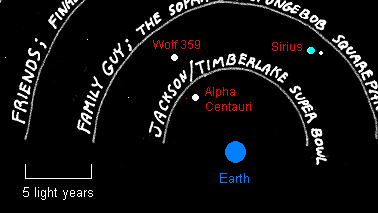419 – France, Reconstructed from Apparently Inadequate Data

n
How little information do you need to be able to draw a map? This zen-like question provided the basis for a short article in the May 21st, 1971 issue of Nature, intriguingly entitled Construction of Maps from “Odd Bits of Information”.
n
The article, according to its author David G. Kendall of Cambridge University’s Statistical Laboratory, starts from a “rather general principle in historical geography”, i.e. that maps can indeed be produced from apparently inadequate data, and goes on to describe a research programme based on that principle, carried out by Kendall’s lab.
n
The research concentrated on setting up a suitable (dis)simularity matrix believed to “lie naturally” in a Euclidian space of k dimensions, making use of a computer programme called MD-SCAL. The article mentions two experiments, the first one involving the mapping of eight parishes of the district of Otmoor in Oxfordshire. Amazingly, a fairly accurate map for the eight parishes was extrapolated solely from data on the intermarriage rates between them for the period 1600-1850.
n
The second experiment involved a map of 88 French departments (excluding the Corsican and Parisian ones), with the only information available being “whether or not one of the 3,828 pairs of departments shares a common boundary.” The map thus computer-produced is one “in which each department is represented by a point, but this system of linked points is converted to a honeycomb of cells by exploiting a natural duality.”
n
Mr Kendall finally mentions a future experiment with MD-SCAL: “The next step […] will be to attempt to reconstruct a fifteenth century manor from the abuttals in a contemporary cartulary.”
n
These maps show France as it really is, and France reconstructed from abuttal data. Please note that the departments are numbered not in the usual alphabetical order, but by “an alternative which approximately orders the departments first by longitude and then by latitude.”
n

n
Many thanks to Randall B. Irmis, the paleontologist who sent in these maps, and whose attention was originally drawn to the article following this one, on the dinosaur species called Hypsilophodon.
n





